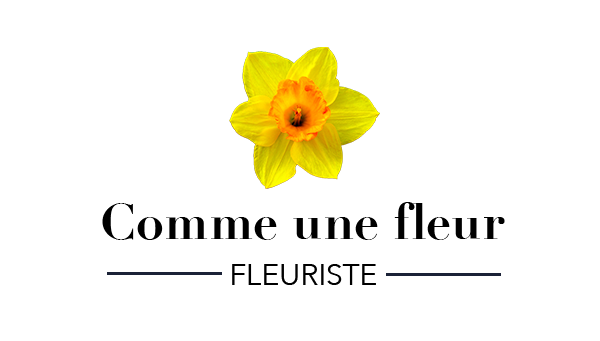This is about The Alchemy of the Visual Inspirational Quote: Why Images and Words Click at Once.
 AimBright
AimBright
This is about The Alchemy of the Visual Inspirational Quote: Why Images and Words Click at Once.